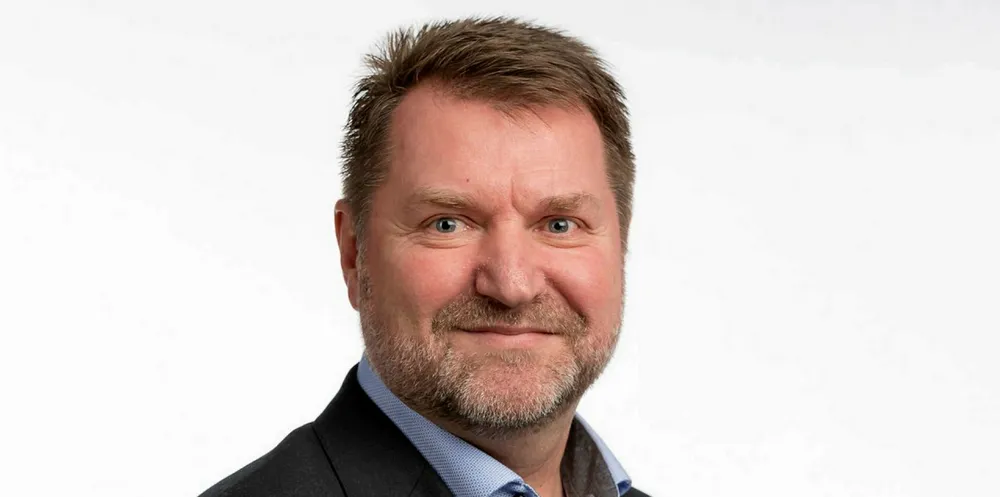Well completed on world's first offshore carbon capture network
Further analysis underway on injection site for project that could lock away vast volumes of liquefied CO2 beneath North Sea floor

Further analysis underway on injection site for project that could lock away vast volumes of liquefied CO2 beneath North Sea floor
